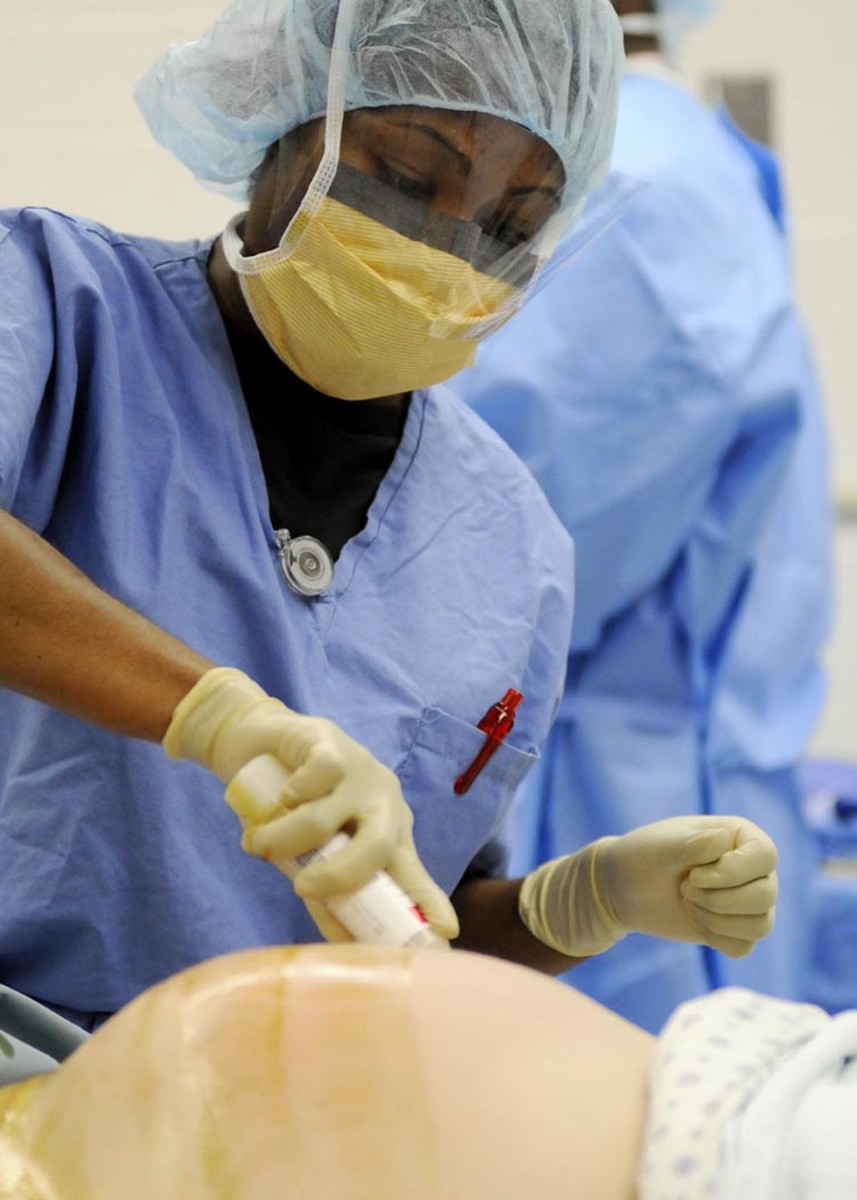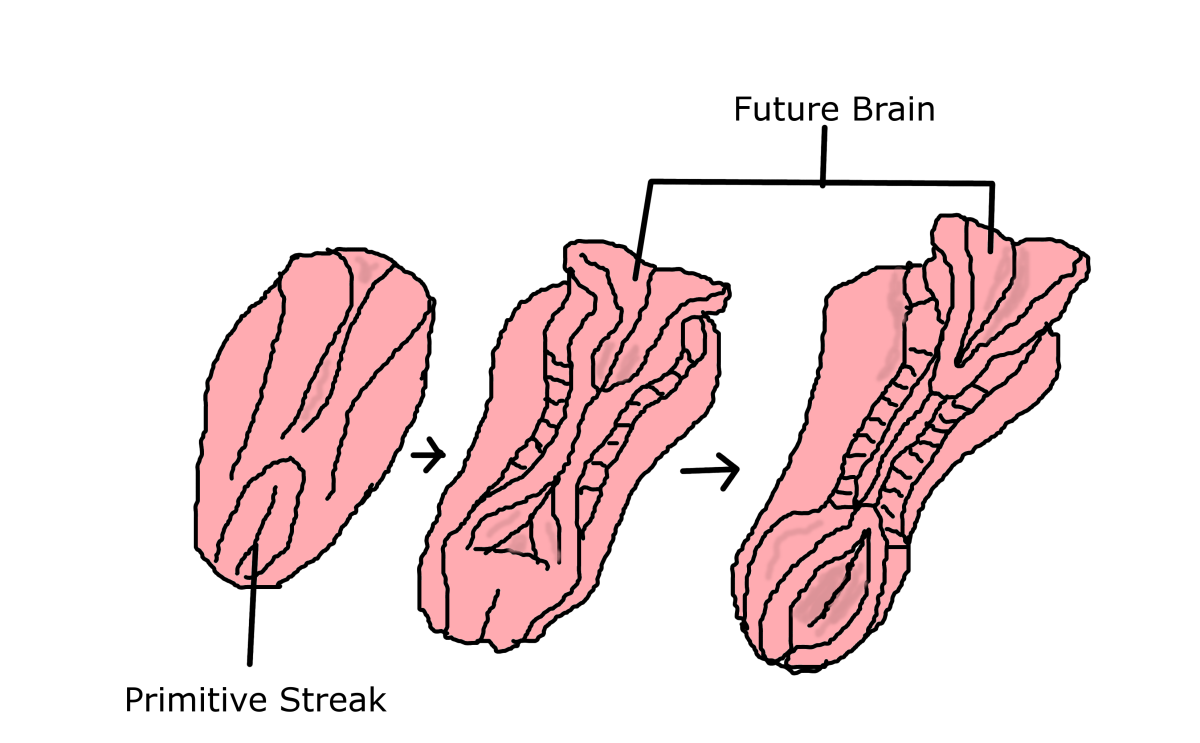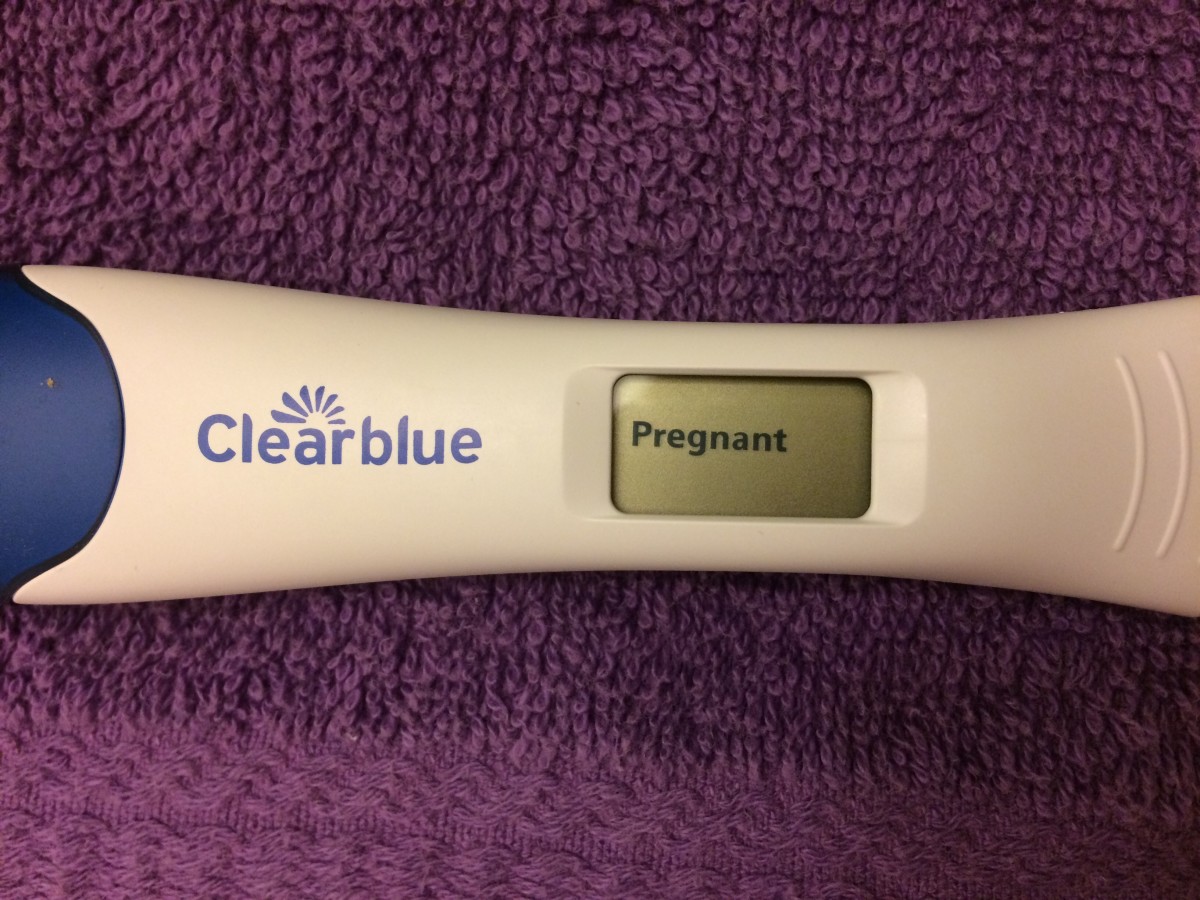- HubPages»
- Health»
- Women's Health»
- Pregnancy
When is a Cesarean section needed or What happens during the assisted birth?
You all heard of Cesarean sections and natural birth. But do you really know what is happening during a C-section? Do you know what the steps your doctor will perform?
This Hub is for all mothers that are still afraid or don’t have the entire picture yet! I won’t plead for natural birth. It is really a choice the future mom has to make and no one should interfere!
More and more doctors suggest their patients to choose a C-Section as
it is the best way to protect the child.
Most women find that they will be
subjected to surgery in the last moment.

When is C-Section required?
Here are some cases when assisted birth is required:
- The baby's head is too large to fit through the pelvis. Head’s size can be determined by ultrasound or may be alleged as a result of previous difficult births.
- The fetus suffers from diseases or malformations and natural birth could be risky or traumatic.
- The mother had a previous Cesarean intervention due to an abnormal form of the pelvis or a disease, or if there was performed a vertical incision in the uterus.
- The mother suffers from hypertension or kidney disease, which would make her unable to bear the stress of labor.
The role that the mother will have in a Cesarean section is limited and is related to the period prior to arrival at hospital. You have to physically prepare for such an intervention.
Doctors say that there is no risk of pain or distress which always happens when you give birth naturally.
Grab this healing kit of 100% natural support for cesarean section recovery
What happens during a Cesarean intervention?
A typical Cesarean section consists of following steps:
1. Shaving the pubic hair and placing a catheter into the
bladder to empty it and keep the urine away.
2. The Abdomen will
be washed with sterile antiseptic solution. If you want
to stay awake they will place a screen on your shoulders’ level to prevent you
from watching the intervention.
3. Your doctor may give you injections to increase the
speed of the birth process if this is required.
4. The purpose of anesthesia is lower body numbness,
allowing you to remain awake. Sometimes, when the child
must be born immediately, general anesthesia is used.
5. When your doctor is sure that you
are under anesthesia he will make an incision (cut) in the lower abdomen. It feels like a zipper being opened in that area, but you will not
feel any pain.
6. A second
incision is made in the lower uterine segment. Amniotic
sac is opened and the liquids are extracted.
7. The child is
removed manually or by forceps while an assistant presses the upper segment of
the uterus. Now you will probably feel some pressure.
8. Child's nose and
mouth will be cleaned and he/she will cry.
9. The umbilical cord will be cut quickly and the child
will receive the same care as if a normal birth took place. Now the doctor removes the placenta.
10. The doctor will perform a quick examination of your
genital organs and sew the incisions he made.
11. You may be given an injection of oxytocin combined
with infusions to prevent bleedings in the uterus. Also
antibiotics will prevent any possible infection.
12. Depending on your
condition and common practices of the hospital, your baby can be given to you
now.
Congratulations….You are now a MOTHER!!!
Here is a book that teaches about preparation for C-section
Here is what a fellow Hubber says about C-Section : http://hubpages.com/hub/Why-Are-So-Many-Women-Opting-For-Caesarean-Deliveries










